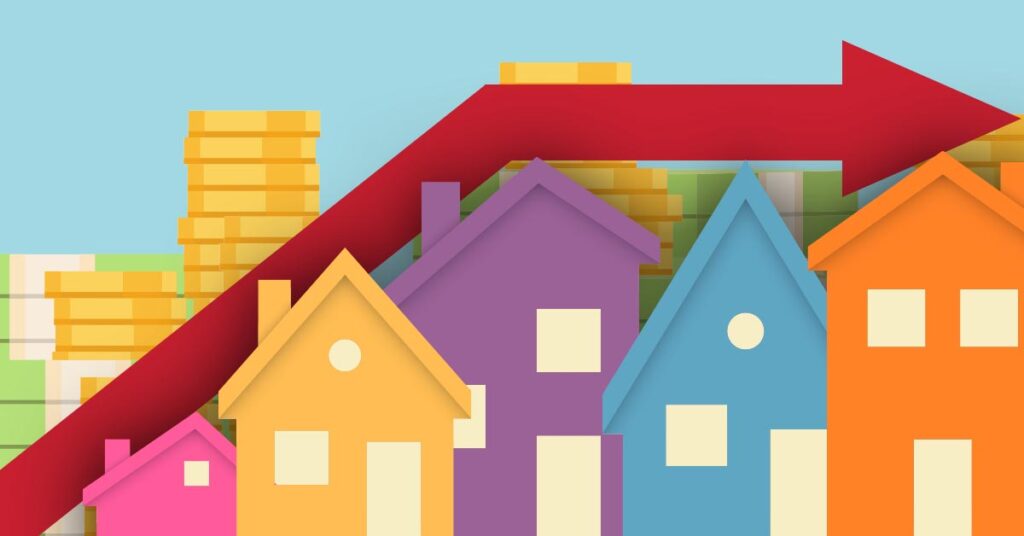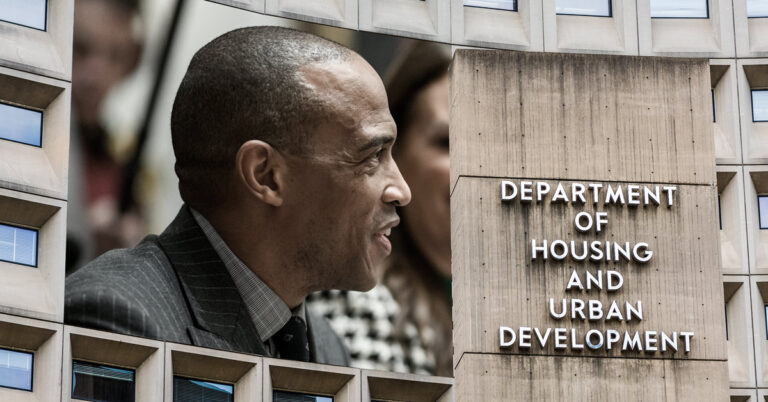The CoreLogic S&P Case-Shiller Index posted an 18% annual home-price increase in June, continuing the recent trend of still-strong but decelerating yearly growth.
June’s yearly climb marks the second-strongest showing for the month since the beginning of the Case-Shiller series, trailing only the 18.8% figure recorded in June 2021. But it’s still down from the 19.9% gain in May of this year, and it’s now the third consecutive month of slowing annualized growth. Meanwhile, CoreLogic has additional data that confirms the price-growth cooling, according to Selma Hepp, the interim lead of the company’s office of the chief economist.
“A substantial decline in the non-seasonally adjusted month-to-month index, which slowed to 0.6% in June from a 2.6% peak increase in March and a 1.6% gain in May, also suggests that home-price growth is rapidly returning to its long-term average,” Hepp wrote on CoreLogic’s blog. “Between 2015 and 2020, the monthly index changes from May to June averaged about 0.8%. CoreLogic’s Home Price Index forecasts annual home-price growth to return close to its historic average in 2023 – about 6%.”
The CoreLogic S&P Case-Shiller 10-city and 20-city composite subindices also posted year-over-year slowing, with respective growth of 17.4% and 18.6% compared to June 2021. These increases were down from 19.1% and 20.5%, respectively, in May. The pandemic-era trend of higher price growth in smaller markets continues to drive the 20-city index higher, with homebuyers continuing to look to more affordable 18-hour cities (particularly in the South and Sun Belt regions) over pricier gateway metros.
Get these articles in your inbox
Sign up for our daily newsletter
Get these articles in your inbox
Sign up for our daily newsletter
Craig J. Lazzara, managing director at S&P DJI, noted that price growth compared to historic norms remains strong.
“It’s important to bear in mind that deceleration and [price] decline are two entirely different things, and that prices are still rising at a robust clip,” he said. “June’s growth rates for all three composites are at or above the 95th percentile of historical experience. For the first six months of 2022, in fact, the national composite is up 10.6%. In the last 35 years, only four complete years have witnessed increases that large.”
But he also pointed out that developments since the aggregation of June data could well have big impacts on future indices.
“We’ve noted previously that mortgage financing has become more expensive as the Federal Reserve ratchets up interest rates, a process that continued as our June data were gathered,” he said. “As the macroeconomic environment continues to be challenging, home prices may well continue to decelerate.”




















































